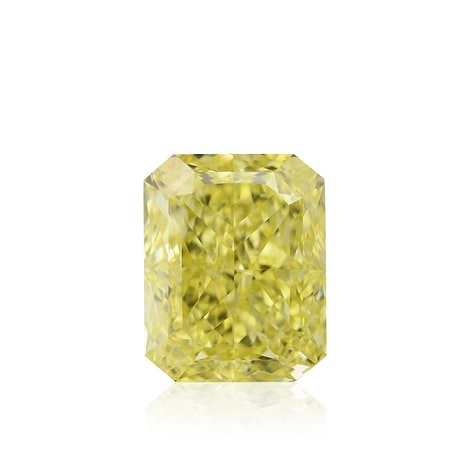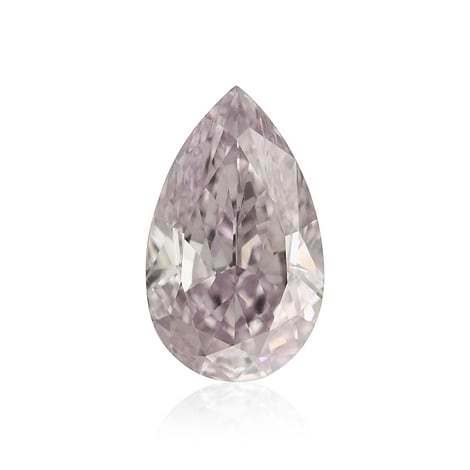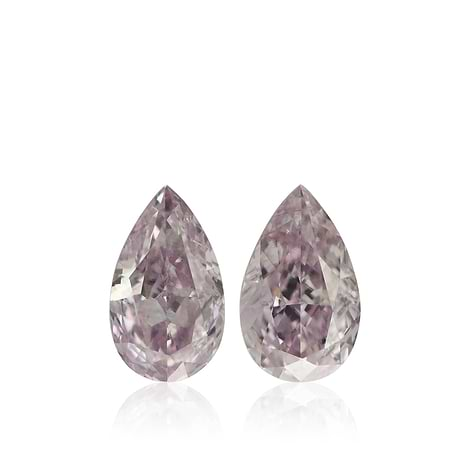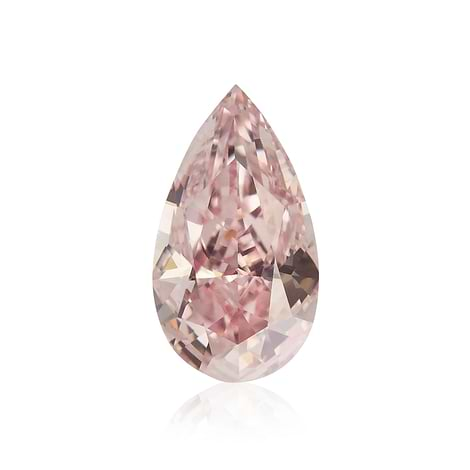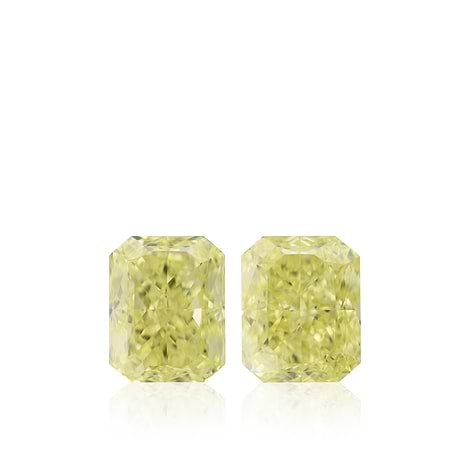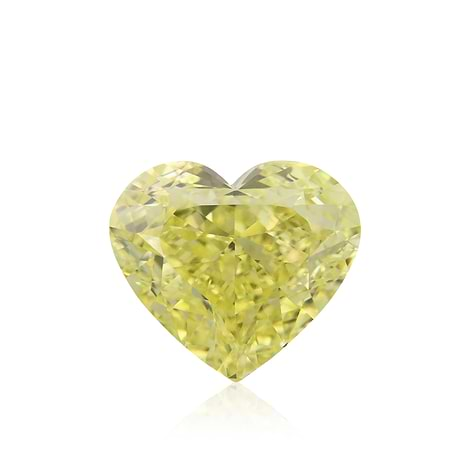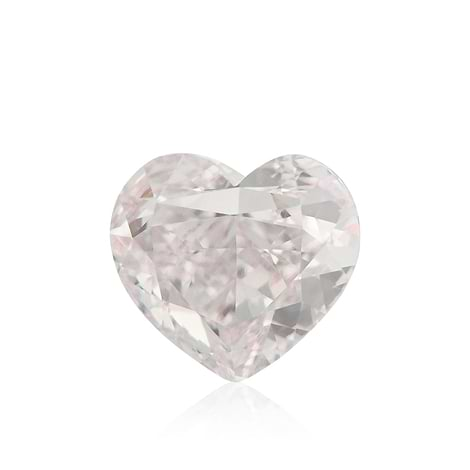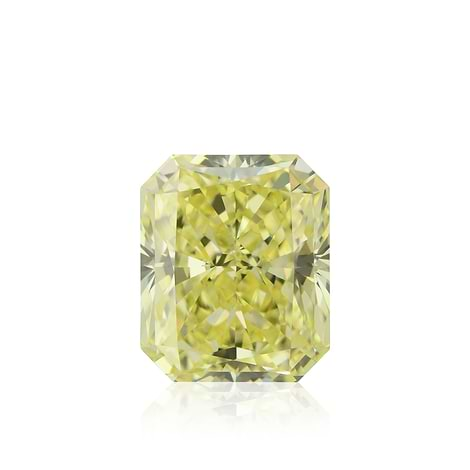The Portuguese Diamond is a 127.01-carat diamond on permanent display at the Smithsonian Institute in Washington, D.C. and is known as the world’s largest stone. Legend has it that the famous diamond was mined in Brazil sometime during the 18th century and was later added to the Portuguese Crown Jewels. However, there is no evidence that could prove this tale to be true. It is more likely that the stone was found at the Premier Mine in Kimberley, South Africa, at the beginning of the 20th century and was then passed from buyer to buyer.
The first real documented owner is Ms. Peggy Hopkins Joyce, an actress who purchased the diamond from Black, Starr, and Frost in 1928. The actress had the diamond mounted on a diamond-studded platinum choker. The jewelry firm Black, Starr, and Frost had obtained the jewel shortly after its discovery in 1910. Legendary jeweler Harry Winston acquired the diamond from Ms. Peggy Hopkins Joyce, who was a glamor girl at the time. She bought it in exchange for a pearl necklace worth a reported $350,000 and an additional $23,000 for the choker. The large stone became part of Winston’s “Court of Jewels” exhibition and traveled around for the next few years. Mr. Winston sold the diamond and later reacquired it. The Portuguese Diamond came into the Smithsonian’s hands in 1963 when Harry Winston exchanged it for 2,400 carats worth of smaller diamonds.
As the largest faceted diamond in the National Gem Collection, The Portuguese Diamond glows bright blue under ultraviolet light. This phenomenon is known as fluorescence. The Portuguese Diamond displays a very strong blue fluorescence. Although the stone appears to exude cloudiness it is in fact the blue fluorescence, which is so significant that it is visible during the day or in incandescent light. Once thought to be the largest blue diamond in the world, the Portuguese Diamond would appear slightly similar to a yellow diamond if it weren’t for the fluorescence. The Gemological Institute of America (GIA) graded the Portuguese Diamond as M in color and VS-1 in clarity. This puts the clarity at almost flawless, which somewhat accounts for the diamond’s fame. Another contributor for the gem’s status is its unusual octagonal emerald cut.
Though there are many tales regarding the history of the Portuguese Diamond and how it got its name, there is one thing that cannot be disputed; it is one of the most glorious artifacts on this planet. The diamond may not have been part of the Portuguese Crown Jewels, but the exotic title stuck and it will forever be known and remembered as the extraordinary Portuguese Diamond.

